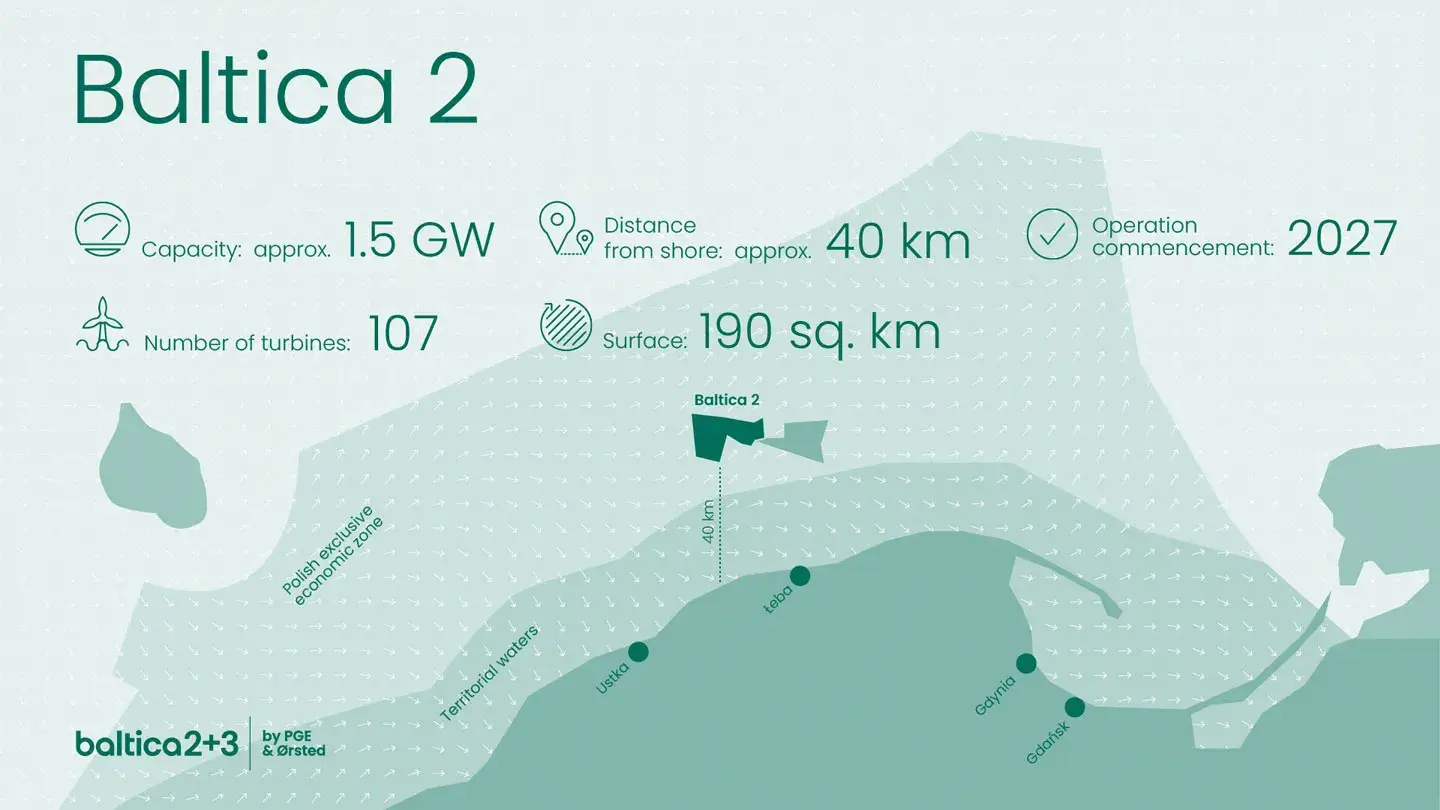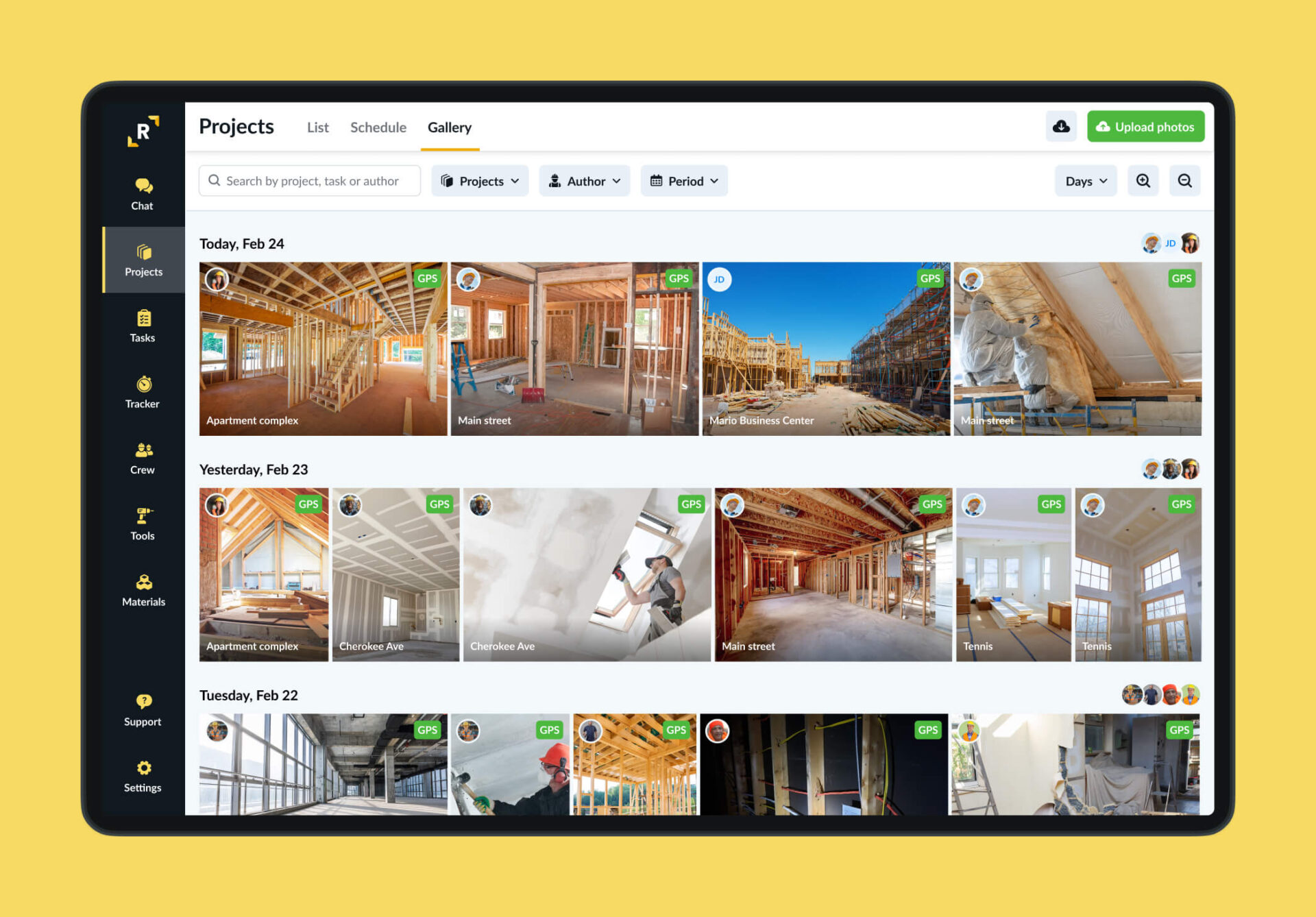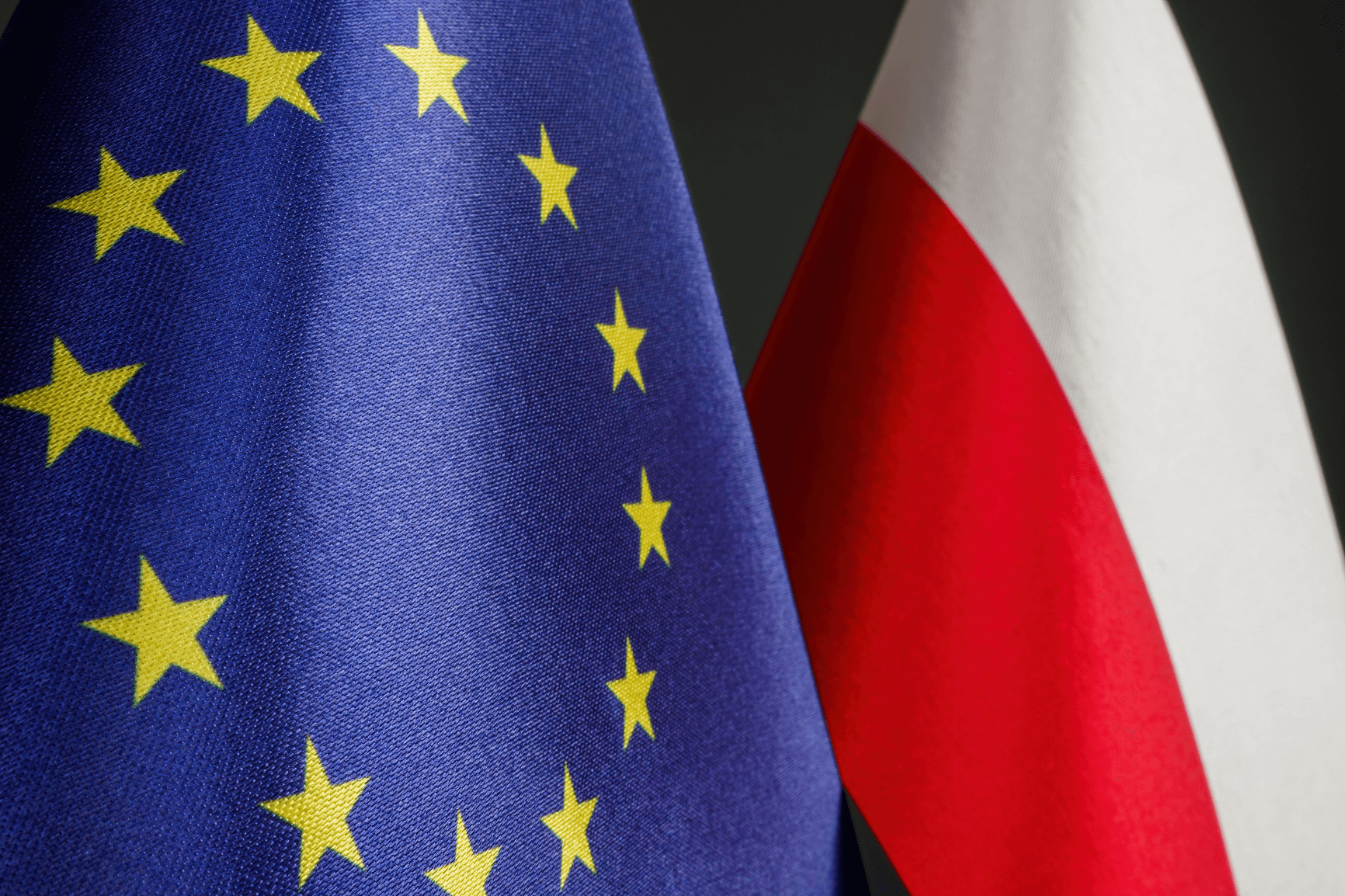Top 10 EU Funding Conditions for Construction & Infrastructure Projects
This summary highlights the top 10 EU funding conditions that construction companies and subcontractors must follow when working on EU-backed infrastructure projects. Using the Baltica 2 offshore wind farm as a case study, it shows how contractors must ensure compliance.
Table of Contents
Key EU Funding Conditions for Construction and Infrastructure Projects
- EU Added Value Project must align with EU priorities — e.g., Green Deal, digital transition, cohesion, or TEN-T networks. This alignment ensures the project contributes to the EU’s strategic goals and delivers broader benefits beyond the immediate site.
- Environmental Compliance
Must comply with EU environmental law, including:- Environmental Impact Assessment (EIA)
- Habitats and Birds Directives
- Water Framework Directive
- Climate resilience analysis (esp. for RRF projects)
Strict compliance with EU environmental laws is mandatory. This includes completing an Environmental Impact Assessment (EIA) and adhering to directives on habitats, birds, water quality, and climate resilience, especially for Recovery and Resilience Facility (RRF) projects.
- Do No Significant Harm (DNSH) Under RRF and InvestEU, projects must prove they do not harm:
- Climate
- Biodiversity
- Water or marine resources
- Circular economy
- Pollution control
- Procurement Transparency Must follow EU public procurement rules – All procurement must follow EU public procurement rules, ensuring open, fair, and competitive tendering. This guarantees transparency and equal opportunity for suppliers, minimising risks of fraud or favoritism.
- State Aid Compliance Projects must comply with EU state aid rules to avoid unfair advantages from public support. Non-compliance can lead to project disqualification or require formal notification and approval from the European Commission.
- Proper Financial Management & Audits Use accurate budgeting, accounting, and anti-fraud measures. Projects must be prepared for audits by EU bodies such as OLAF, the European Court of Auditors, and national agencies.
- Project Maturity & Feasibility Projects must demonstrate technical readiness with finalized designs, secured land rights or permits, realistic schedules, and comprehensive risk mitigation plans to qualify under EU funding conditions. Must show:
- Clear technical design
- Land rights / permits secured
- Realistic implementation schedule
- Risk mitigation plans
- Measurable Outcomes & Indicators Must track KPIs like:
- CO₂ reduction (for green projects)
- Km of roads/rail built
- Jobs created
- Digital coverage, etc.
- Social Inclusion & Equal Access
Must avoid discrimination and promote accessibility (e.g., for disabled persons), gender equality, and regional balance.
- Communication & Visibility
Beneficiaries must publicly acknowledge EU funding, display signage, and report outcomes – failure can result in penalties or paybacks.
Case Study: Baltica 2 Offshore Wind Farm
Here’s how the Baltica 2 offshore wind farm (1.5 GW capacity, co-developed by Ørsted and PGE) meets the top 10 EU funding conditions, using its €400M loan from the European Investment Bank under InvestEU and REPowerEU frameworks:
EU Added Value
Aligns with REPowerEU goals — reduces fossil fuel dependence and boosts EU energy security. Part of the Baltic Sea Offshore Wind Strategy.
What It Is:
The Baltic Sea Offshore Wind Strategy is an EU-level political and investment initiative to:
- Unlock 93 GW of offshore wind potential by 2050
- Enhance energy security (especially post-Ukraine war)
- Integrate offshore wind into the EU Internal Energy Market
- Promote cross-border cooperation on planning, grid, ports, and supply chains
It’s led by the European Commission and Baltic Energy Market Interconnection Plan (BEMIP) countries: Poland, Germany, Denmark, Sweden, Estonia, Latvia, Lithuania, and Finland.
Environmental Compliance
✔ Underwent full Environmental Impact Assessment (EIA)
✔ Complies with EU Birds & Habitats Directives – site chosen to avoid protected marine zones
✔ Offshore grid connection designed with marine ecosystem impact minimization
Do No Significant Harm (DNSH)
✔ Certified to not significantly harm biodiversity, climate, or marine ecosystems
✔ Carbon payback period estimated at <2 years
✔ Construction practices include noise-reduction for marine mammals and seabed restoration planning
Procurement Transparency
✔ All major EPC contracts (e.g. for turbines, foundations, substations) awarded via EU-compliant tenders
✔ Use of Tier 1 suppliers (e.g., Siemens Gamesa) through open calls
State Aid Compliance
✔ Receives Contracts for Difference (CfD) via Poland’s offshore wind act, but approved under EU State Aid guidelines for renewables
Financial Management & Audits
✔ EIB funding comes with strict financial oversight
✔ Subject to audits by EIB, Polish national authorities, and potentially OLAF/ECA
✔ Uses independent project finance models with milestone-based disbursements
Project Maturity & Feasibility
✔ Final Investment Decision (FID) taken in 2024
✔ Grid connection agreement signed with PSE
✔ Port of Gdańsk terminal upgrade underway to support logistics
✔ Turbines to be installed by 2027; full operations by 2028
Measurable Outcomes & Indicators
KPIs include:
- 1.5 GW installed capacity
- ~5 TWh annual output
- ~2.4 million households powered
- ~2.8 million tons CO₂ avoided/year
Social Inclusion & Equal Access
✔ Job creation in Pomeranian region (local shipyards, ports, maintenance)
✔ Public consultations held with coastal communities
✔ Includes gender equality commitments in project labor hiring and reporting
Communication & Visibility
✔ Project is branded as EU-funded under InvestEU/REPowerEU
✔ Public project info campaigns
✔ All infrastructure (e.g., port terminal) displays EU support signage
EU Visibility and Reporting Obligations for Construction Companies & Contractors
Lets dive deeper on EU Visibility and Reporting obligations for projects like Baltica 2, required when using EU funds (e.g. InvestEU, REPowerEU, or EIB-backed financing) — and what responsibilities fall on developers, contractors, and subcontractors during implementation.
Project Context
Name: Baltica 2 Offshore Wind Farm
Developers: Ørsted & PGE Baltica
Funding: €400M EIB loan under InvestEU / REPowerEU
Goal: Install 1.5 GW by ~2027; deliver ~5 TWh/year; offset ~2.8M tons CO₂
Total CapEx: ~€5 billion
EU strategic alignment: Baltic Sea Offshore Wind Strategy, Fit-for-55

Construction Companies & Contractors: Specific Obligations = Retain Audit Trail for 5+ Years
This checklist tabel helps construction contractors or subcontractors ensure they meet EU funding obligations during project delivery.
| Area | Requirement | Can Remato App do it? |
| Contract clauses | Contract includes EU visibility and reporting obligations | No |
| Site signage | EU banner or sign posted at construction site, as per EU guidelines | No |
| Visibility proof | Photos of signage taken, dated, archived | Yes. – via Remato Photo attachments in site logs or tasks |
| Procurement evidence | Procurement done transparently, files retained (RFQs, bids, evaluations) | No |
| Records retention | All invoices, contracts, and time logs stored securely (min. 5 years) | Time logs and files can be stored and exported; long-term archiving depends on internal policy |
| KPI contributions | Data submitted regularly to developer (e.g., jobs, materials sourced) | Yes – Track work hours, site progress, material deliveries, and export data |
| Environmental docs | EIA compliance and site monitoring logs maintained | Partially – Can attach EIA forms, logs, or inspection notes to tasks or daily reports |
| Training & awareness | Staff briefed on EU funding conditions and obligations | Partially – Remato has a Site Induction feature, and that can be used to meet the Training & Awareness requirement |
| Audit readiness | Key records organised for possible OLAF/EIB audits | Yes – If Remato is used systematically, you can pull consistent activity logs, photos, time reports |
| Reporting channel | Designated person for communication with project owner regarding EU reports | Yes – Built-in messaging allows real-time project reporting and coordination |

Conclusion
Meeting EU funding conditions is critical for construction projects financed by EU institutions. Proper alignment with environmental, financial, procurement, and social standards ensures smooth project delivery and funding security. The Baltica 2 offshore wind farm exemplifies successful compliance, demonstrating how contractors and subcontractors can meet strict EU obligations. Using tools like Remato can help manage documentation, reporting, and audit readiness efficiently, safeguarding EU funds and project reputation.
